The bar for a good face moisturiser is set a lot higher than a simple body lotion. Fortunately, this formula is designed to pass the bar with flying colours!
The goal here: a basic natural face cream recipe using as few ingredients as possible.
Once we have our base face cream formula, we can then build and customise the recipe with active ingredients that can target specific issues i.e. acne, hyperpigmentation & scarring, oily/dry skin… you get the idea!
You can either follow this recipe as is or substitute ingredients along the way that compliment your skin. By the end of the tutorial, you should end up with a natural face cream recipe that works well with your skin. No breakouts, no flare-ups, just healthy, hydrated skin!
Sound good? Let’s begin.
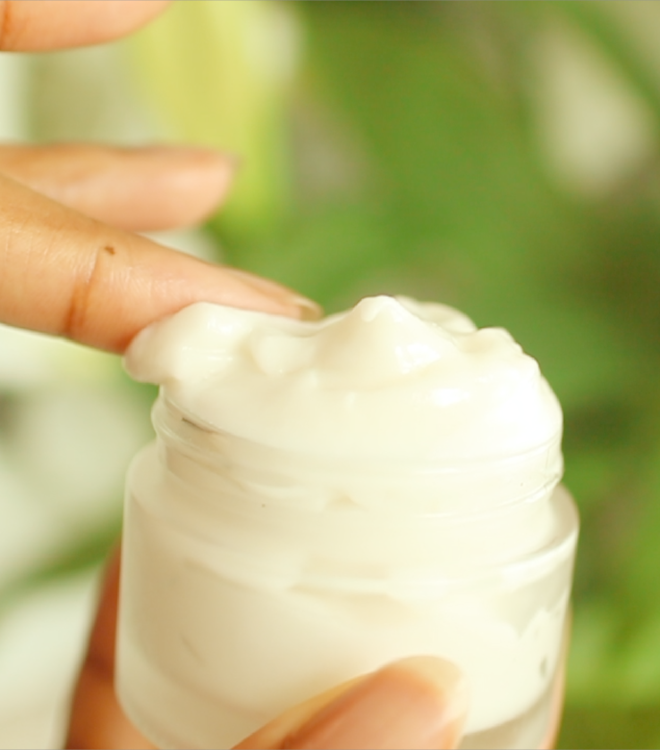
Recipe
Water Phase
- 160g Distilled Water
- 4g Glycerine
- 2g Colloidal Oatmeal
Oil Phase
- 6g Avocado Butter
- 18g Grapeseed Oil
- 10g Emulsifying Wax BP
Cool Down
- 2g Leucidal Liquid SF (Natural Preservative)
- 2g Vitamin E Oil (Antioxidant)
- Fragrance Blend [15 drops Vanilla Essential Oil + 7 drops Lavender Essential Oil + 7 drops Bergamot Essential Oil]
Method
- Measure out your water phase ingredients: Distilled water, glycerine & colloidal oatmeal and your oil phase ingredients: avocado butter, grapeseed Oil & emulsifying wax
- Over a low heat (e.g. double boiler), melt both phases in separate heat proof glasses
- Once the oil and water phases have completely melted, mix together and transfer to a flat surface
- To create a light and airy emulsion, use an immersion blender or whisk. As the mixture cools and more air is incorporated, it will start to thicken and change to a pale cream colour
- When you’re happy with the consistency, you can move onto preserving and adding fragrance
- Use a scale to add your Cool Down ingredients: natural preservative, antioxidant & the fragrance blend (above) or any essential oils you prefer for fragrance
- Briefly mix again either by hand or using a blender to ensure that all the ingredients are evenly distributed
- Store your natural face cream in a tinted or dark-coloured glass container or an airless pump bottle to prolong it’s shelf life
This recipe makes 200g of face cream. See the interactive basic face cream formula to customise this recipe.
Ingredients
The water, glycerine & emulsifying wax are a given at this point - but it’s important to select the right carrier oil and butter.
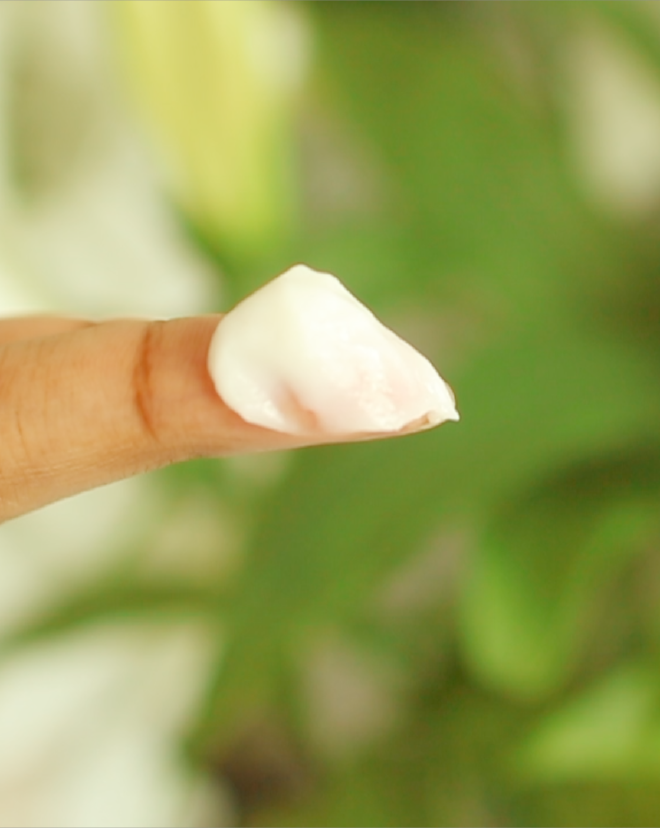
Butters & Oils for your Face
Oils are incredibly beneficial for your skin, but you need to be careful when it comes to introducing oils on your face! I’m selecting oils and butters that are light and will be easily absorbed into your face, minimising the risk of clogged pores.
Grapeseed Oil - this is a great choice to include in your face creams. It’s a light oil that works well on all skin types, including sensitive and acne-prone skin.
Avocado Butter - this melts on contact with your skin, absorbing and spreading easily across the face reducing friction.
Friction = Stress AND WE DON’T WANT THAT ON OUR FACE!
If you’re unsure of which oils & butters to pick, stick to the recipe.
This face cream should provide you with a good starting point to figure out what oils work best with your skin.
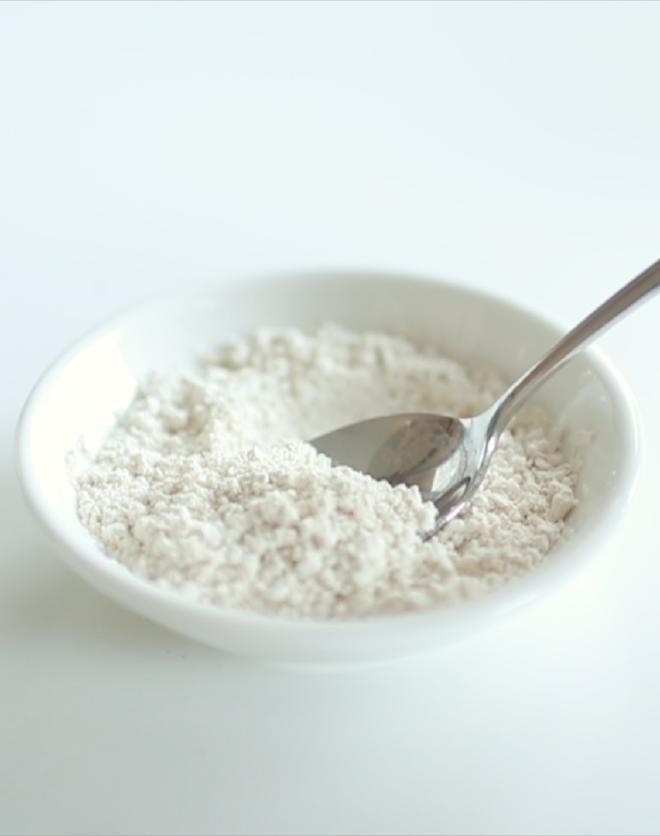
Oats!
How do we limit the amount of oils without sacrificing moisture?
Why oats, of course!
This face cream only has 12% oil, making it extremely light but potentially less moisturising than other lotions. To compensate for this, I’m adding colloidal oatmeal. The unique properties of oats are able to boost the moisturising power of our face cream, without any additional “oily” or “greasy” feelings.
This is a great active ingredient to add to our face cream because we’re trying to avoid any undue oils that can lead to breakouts.
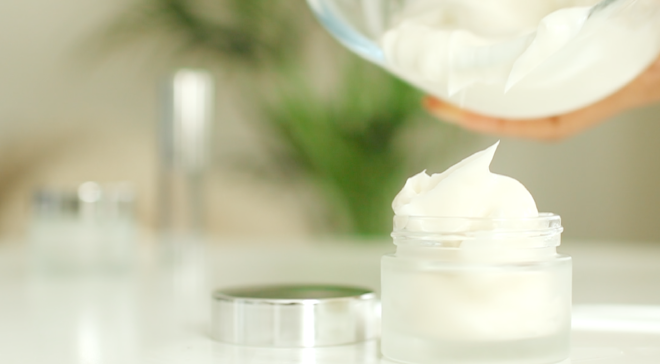
Customisation
If you’re new to making face cream, I’d recommend keeping the basic formula the same but there are a few substitutions that you can make off the bat that will help it match your skin’s unique needs.
- Boost Moisture: substitute the carrier oil with almond or jojoba oil
- Improve Texture: for a ‘less tacky’ feel, use a hard butter-like cocoa butter or mango butter that is more “oily” and less “tacky” than avocado and shea butter
- Ditch the Oats: if you don’t have colloidal oatmeal, you can simply skip this ingredient and add an extra gram of water instead.
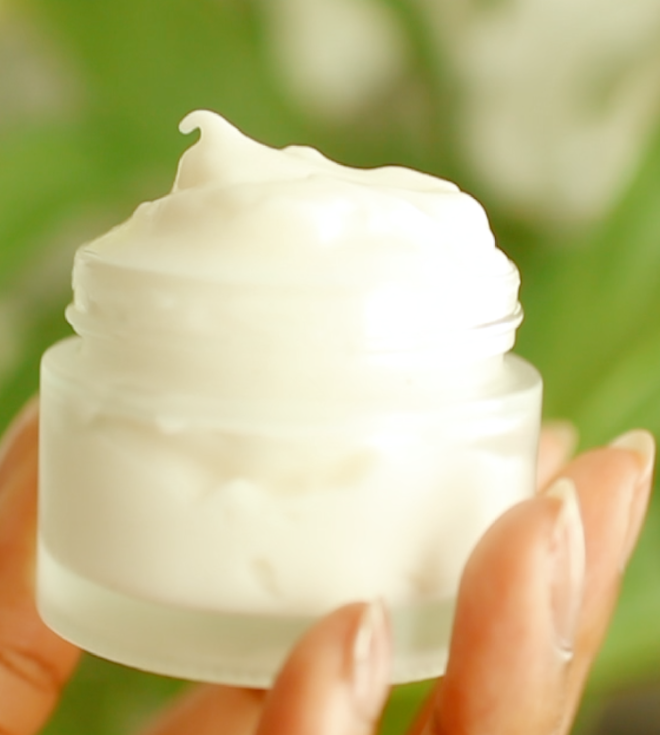
Notes
So, this is the first time I’m making a face cream but it had a lot to live up to! I’m pleased to say I’ve been using this for weeks and I love it! My skin feels soft and hydrated after applying, without the residual “greasiness”. I plan on doing more experiments with face moisturisers but if you’re a beginner or you’re just looking for a simple all-natural face cream recipe, then this is the DIY for you!